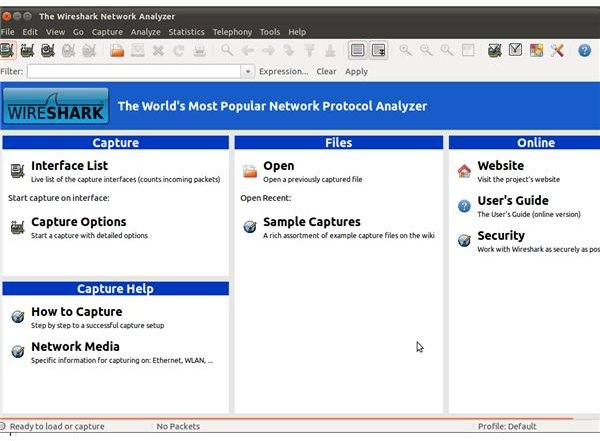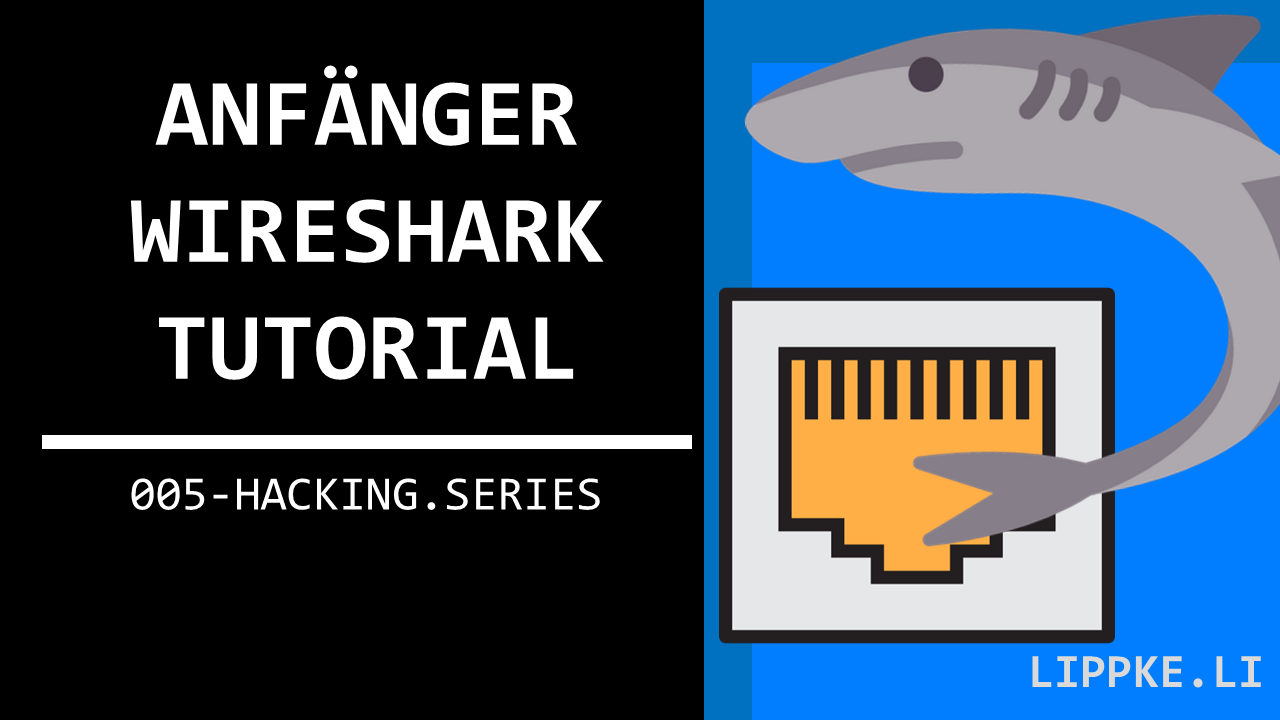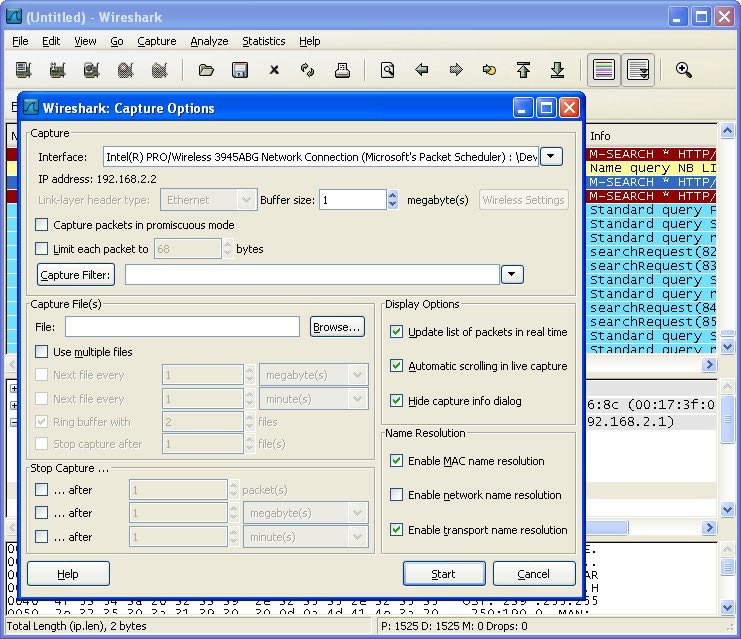

Wireshark, to a network engineer, is similar to a microscope for a biologist. Wireshark lets you capture each of these packets and inspect them for data. Now you can understand the importance of Wireshark. Each data transfer involves thousands or even millions of these packets of data being sent between the source and the destination devices. IPV4 PacketĮach packet contains valuable information about the devices involved in a packet transfer. These packets are re-assembled by your computer to give you the original file. When you download a file from the internet, the data is sent from the server as packets. When data is transferred from one computer to another, the data stream consists of smaller units called packets. Now that you have a solid grasp of the OSI model, let’s look at network packets.

If you are interested in learning more about the OSI model, here is a detailed article for you. The below diagram should help you to understand how these components work together. If you are using a browser, it is on the application layer.
Application Layer - The layer that interacts with the user. Presentation Layer - Data from segments are converted to a more human-friendly format here. Session Layer - Establishes and maintains a session between devices. Uses protocols like TCP and UDP to send and receive data. Transport Layer - Acts as a bridge between the network and session layer. Sender’s and receiver’s IP addresses are added to the header at this layer. Network Layer - Takes care of finding the best (and quickest) way to send the data. Data Link Layer- Makes sure the data is error-free. Physical Layer - Responsible for the actual physical connection between devices. The OSI Model segments network architecture into 7 layers: Application, Presentation, Session, Transport, Network, Datalink, and Physical. The Open Systems Interconnection (OSI) model standardizes the way two or more devices connect with each other. This is important to understand the core functions of Wireshark. I am assuming you are new to networking, so we will go through some basics of the OSI model. While most security tools are CLI based, Wireshark comes with a fantastic user interface. Wireshark is also completely open-source, thanks to the community of network engineers around the world. Most enterprises and government organizations now prefer Wireshark as their standard network analyzer. It can run on all major operating systems. Wireshark was first released in 1998 (and was called Ethereal back then). It lets you dissect your network packets at a microscopic level, giving you in-depth information on individual packets. 
Wireshark is a network analyzer that lets you see what’s happening on your network. In this article, we will look at it in detail.

Wireshark is the best network traffic analyzer and packet sniffer around.








 0 kommentar(er)
0 kommentar(er)
